In the handmade cosmetics marketplace, where there is a high rate of awareness of the consumers, and the feeling of personal touch is crucial for attracting the customers, packaging plays a central role. The packaging, far from being solely a tool for containing the product, is a decisive tool that reflects the essence of the product and the brand, highlighting the commitment of the product and the brand’s commitment to the concept of sustainability, aligning the product with the values of the consumers.
In the case of handmade cosmetic producers, the role of packaging comes forward as a tangible expression of the brands’ identity, which also gives a sense of touch and feeling to the customers. It acts as the first gate of impression and informs the customers about the ingredients, the value of the products and the brand identity. Therefore, a carefully designed package will serve as a place for storytelling, and a narrative, that will allow you the engage with the consumers, explaining your brand’s and product’s story and align with the values of the target audience.
The moment the consumer picks up the product, the packaging would evoke the general image of the brand, such as luxury, simplicity, elegance, or green. For instance, a brand that is willing to take on an image of handmade, artisanal production methods might choose a packaging that is reflecting a handcrafted look, using materials, such as papers or fabrics, and embellishments such as wax seals can convey their dedication to handcrafting and natural ingredients.
Furthermore, the packaging’s chosen graphics, font, and colors are strategic components that improve brand recognition compared to random selections. While a company that specializes in bright, compelling cosmetics may opt for vivid colors and dynamic patterns to communicate its lively and adventurous character, a minimalist brand might select clean lines and a monochromatic palette to represent purity and sophistication.

Below is a chart that reflects the traits of a brand in accordance with the product’s characteristics:
| Brand Trait | Packaging Element | The Product |
| Luxury | Colors | Black, Silver or Gold themes |
| Luxury | Materials | Glass containers, foil cover |
| Luxury | Typography used | Serif fonts, script fonts |
| Artisanal | Texture | Handmade paper, ridged and embossed textures |
| Artisanal | Imagery | Signature motifs, Artistic illustrations |
| Organic | Colors | Green, brown or natural tones |
| Organic | Material | Recycled paper, bio-plastic |
| Organic | Typography used | Earthy, nature-inspired, i.e. Scrowley fonts, Jorgensen fonts, or Talbot Type |
When creating the image of the packaging of the handmade cosmetic products, the chart provided above could guide you for the design and decision-making processes. In addition, the brand traits could be used together, reflecting the both organic and artisanal nature of the product, or the natural and luxurious appeal of your brand.
1.2 Environmental Values and Packaging
In a time when taking care of the environment is not only valued but also expected, handcrafted cosmetic products frequently set the standard for eco-friendly packaging options. A brand’s principles are reflected in its dedication to the environment, and in the case that these values are reflected on the packaging in an appealing way, then they will coincide with those of their customers, ultimately bringing in the engagement.
Sustainable packaging options, such as biodegradable containers, refillable systems, and recycled materials, serve a dual purpose. They minimize ecological impact, thereby appealing to environmentally savvy consumers, and they reinforce the brand’s message of responsibility and care for the planet.
By implementing green packaging practices, these brands can differentiate themselves in a crowded market. They are not just selling the product; they are offering a choice that supports a lifestyle aligned with environmental protection values. This can create a powerful emotional connection with consumers who are seeking to make purchases that align with their personal beliefs and values.
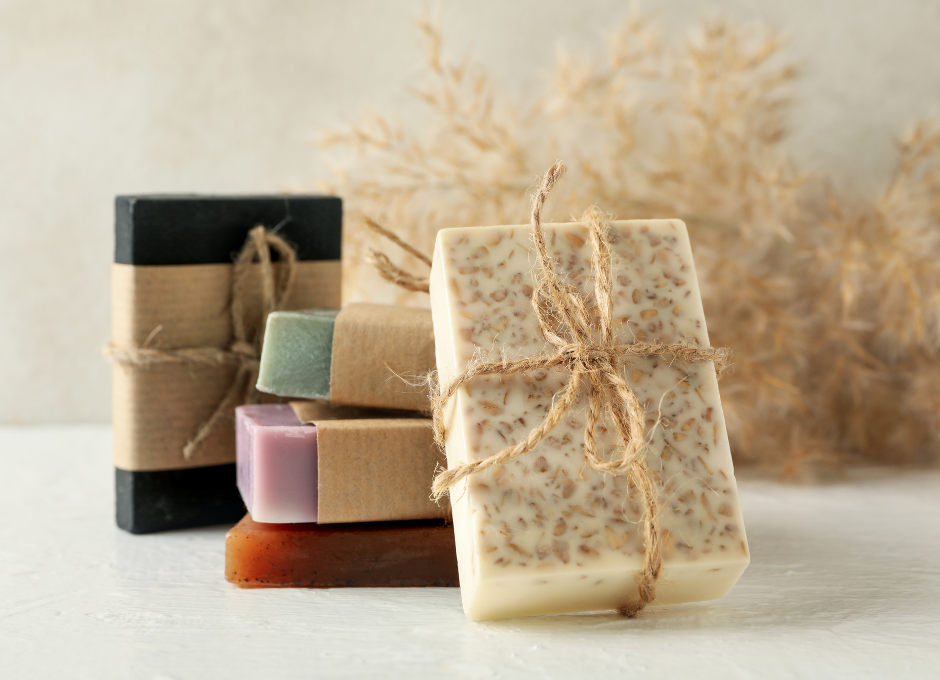
1.3. Elements in Designing Creative Packaging for Handmade Cosmetics
Sustainable Materials
Enter the eco-conscious packaging revolution by using materials that question conventional thinking about environmental impact in along with decomposing organically. Bamboo is an embodiment of eco-luxury, providing a robust yet sustainable choice with its quick rate of renewal. Made from mycelium and agricultural waste, mushroom packaging supports both the environment and your goods by decomposing into a beneficial soil amendment.
Biodegradable plastics are made from natural materials and return to the environment with little to no trace. Using seed paper for labels adds a level of interaction and invites consumers to join in on a journey from bloom to beauty, capturing the natural lifetime of each product.

With sophisticated refill stations that transform the shopping experience and make sustainability approachable and visually beautiful, you can pave the way toward zero waste. Create refillable packaging that goes beyond practicality to become a focal point in your clients’ beauty routines. These technologies actively support a circular economy, which not only lowers waste but also strengthens the bond between your brand and its audience.
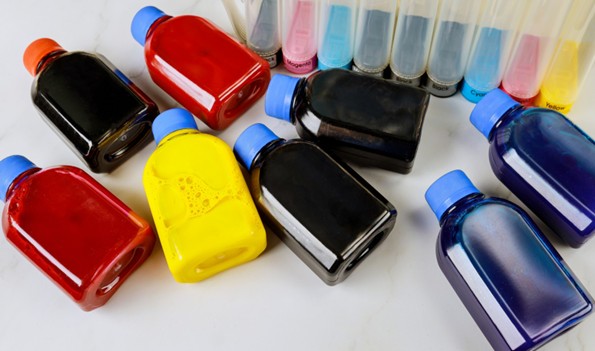
Provide bespoke labels that turn ordinary products into unique gems in a world where people are longing for individuality. This will turn the personal care routine into a ritual. Customers can customize their beauty routine with mix-and-match components, making each choice as distinct as their skin care requirements and creating a strong emotional bond between them and the brand.
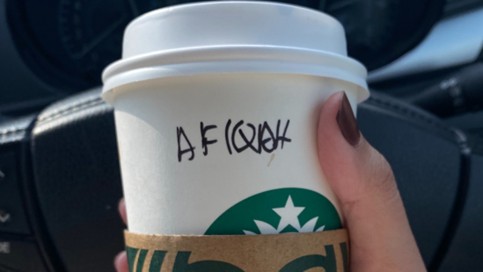
Use technology to generate QR codes that can be printed on packaging to provide users with access to a world of content that enhances their experience beyond the actual product. By utilizing virtual try-ons, product stories, and immersive brand narratives, you can explore the frontier of augmented reality (AR) and bring the digital and physical worlds together into a seamless brand experience that will captivate customers.

Adopt a minimalist design philosophy that emphasizes quality and clarity and communicates volumes through simplicity. Transparent packaging displays the purity of the product and communicates the brand’s openness and dedication to excellence. This method conveys the integrity and purity of the substances within while also appealing to the visual sensibilities of contemporary consumers.

Include handcrafted components in your packaging design to draw attention to the skill and attention to detail that go into each product. Transform each product into a narrative that captivates and resonates on a personal level by using packaging to express the tale of the components, the passion behind the formulation, and the brand’s ethos.

For printing, use vegetable- or soy-based inks to minimize the release of volatile organic compounds (VOCs) and improve recyclability. Natural dyes, which come from minerals or plants, provide a color scheme that is not only aesthetically pleasing but also demonstrates a dedication to eco-friendly, non-toxic methods.
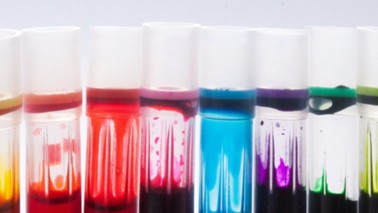
Break the mold with distinctive packaging that captures the spirit of your goods, whether it’s through forms inspired by flora or patterns that have a unique narrative. Provide packaging with several uses that prolongs the container’s lifecycle and gives customers an enduring experience in addition to a product, whether it be as a decorative piece, a keepsake, or a useful tool for sustainability.

We discussed in this section how important it is to have unique packaging to set handcrafted cosmetics apart in the highly competitive and well-informed market. We stressed that packaging is a powerful instrument that reflects the essence of the product, the brand’s commitment to sustainability, and customer values. It goes well beyond simple containment. Packaging design plays a crucial role in storytelling as it communicates a brand’s ethos, narrative, and alignment with the values of its target audience. By using physical and visual appeal, this strategy not only draws in customers right away but also builds a strong emotional bond that reinforces the brand’s identity and core values.
Additionally, we looked at the strategic application of design components like fonts, color scheme, and material selection, all of which are crucial for conveying the brand’s identity—be it organic, artisanal, or luxury. Brand identification and appeal are greatly increased by using materials that speak to the brand’s essence, such as recycled materials for an eco-friendly appeal or handmade papers for an artisanal touch, along with brand-personifying colors and fonts. In addition to using eco-friendly inks and dyes, innovative package designs and structures set the brand apart in a crowded industry, highlighting its dedication to both environmental stewardship and creativity.
Finally, we emphasized how important it is to include personalised and interactive features in packaging designs in order to engage today’s consumers. Augmented reality and QR code techniques, along with customizability choices, turn the product experience into an interactive journey that strengthens the relationship between the company and its customers. By using these techniques, we help owners of handmade cosmetic businesses to not only visually enthrall their audience but also to instill their brand’s values and narrative into the very design of their packaging, making every product stand out in the eyes and thoughts of customers.

Tips & Tricks

Environmental values and sustainability principles: Use environmentally friendly packaging solutions encompassing recycled materials, refillable systems, and biodegradable containers. This reduces the negative effects on the environment and also satisfies consumer desire for more ecologically friendly items.
Choice of materials: Select materials that capture the spirit of your company, such as artisanal fabrics or paper, or recycled paper or bio-plastic for an organic vibe.
Typography and colours: Pick fonts and colors that complement the characteristics of your brand. Luxury businesses might go for themes of black, silver, or gold with serif or script typefaces, whereas artisanal brands might use handcrafted paper textures and creative graphics.
Sustainable inks and dyes: When printing, use inks derived from vegetables or soy to minimize the release of volatile organic compounds (VOCs) and improve the packaging’s capacity to be recycled. You can also mention the source of inks and dyes on your packaging. Interactivity: Include augmented reality (AR) elements or QR codes in your packaging to provide customers an interactive experience that goes beyond the product itself and connects them to a world of content.
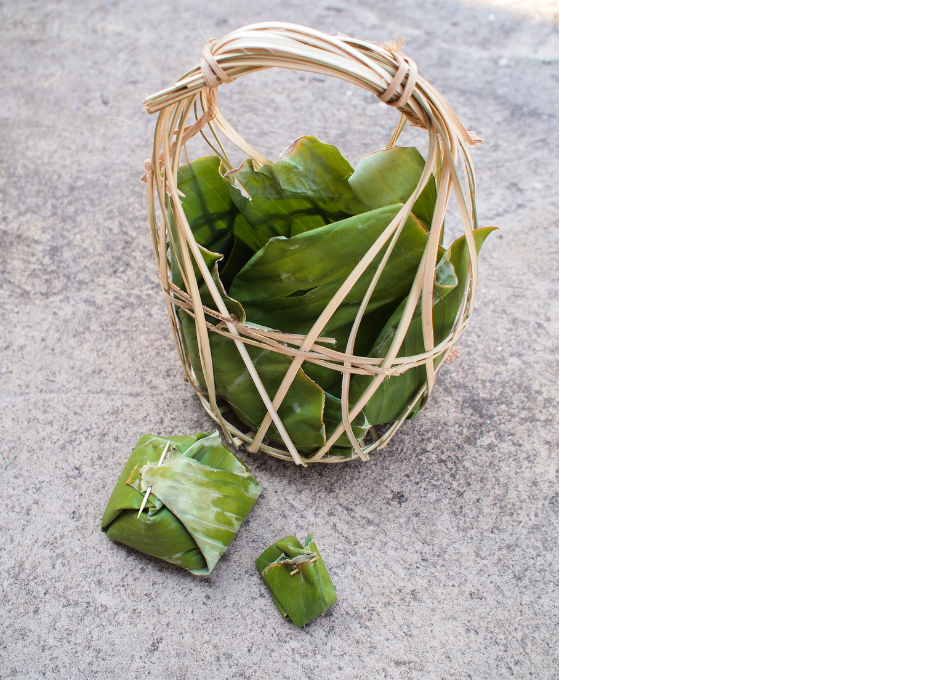
Creativity: Include handcrafted components in your packaging to draw attention to the high level of craftsmanship that goes into your goods. This has the power to turn your packaging into a story that appeals to consumers on a personal level.
Personalization: Give your consumers the opportunity to personalize their purchases with alternatives like mix-and-match components or unique labels to foster a strong emotional connection between them and your brand. For instance, parts of your packages can be transformed into a badge or a sticker that could be written on, that could be still used by the consumers after using your products.